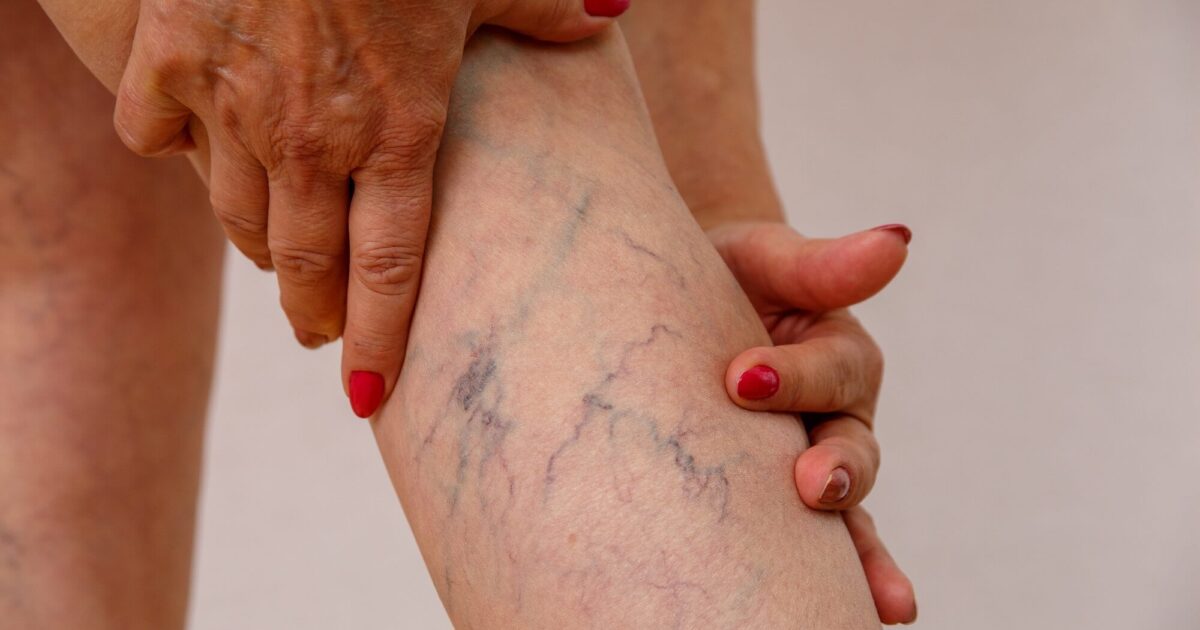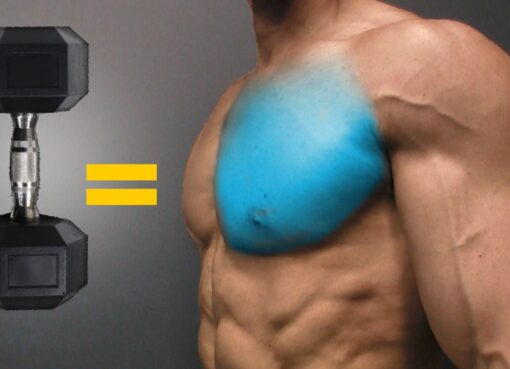The valves in your legs play a critical role in ensuring that blood works against gravity to return to the heart. Unfortunately, some factors can cause them to malfunction and cause gravity to keep blood from getting back to the heart. The blood pools in your veins which is the beginning of vascular complications like varicose veins. Fortunately, there are multiple ways of reversing the situation as offered by the South Shore Vein and Aesthetic Medicine specialists. You can also naturally reverse some venous insufficiency symptoms in several ways. The following are the five common and effective tips to overcome your symptoms.
Proper Skin Care
Venous insufficiency can cause several effects on your skin. You might experience itchy skin, dryness, or rashes. You can also experience infections and wounds in severe cases. Fortunately, practicing proper skin care can help reverse some of these symptoms. It is time to avoid harsh products like antimicrobials and perfumes. Towel dry your skin and use coconut oil to hydrate your skin. No matter how tempting it might be to touch and rub your skin, work hard to ensure you do not give in.
Use Compression Socks
Compression stockings or socks can improve circulation in your legs. They can help improve the valve function in your legs, reversing some venous insufficiency symptoms. Although compression stockings are available in the local stores, please consult your doctor for usage instructions. It would help if you got the right pair for your unique condition to manage issues like swelling, fatigue, achiness, and leg heaviness. Compression stockings can help prevent or minimize symptoms of spider or varicose veins.
Elevate Your Legs
It is important to keep your legs elevated as often as possible. Remember that long-standing or sitting periods increase your chances of developing the condition. Therefore, ensure you take some breaks and elevate your legs to help boost circulation in your legs. It helps the blood work against gravity to return to the heart. As a result, some venous insufficiency complications like swelling and itchiness can improve. Ensure you raise your legs above your heart level when lying. You can purchase special pillows to help you elevate your legs perfectly.
Move Your Legs
Some leg movements can help move your blood back to the heart. Therefore, exercising and remaining active when battling venous insufficiency is critical. You can consult your provider to understand the exercises to improve your leg health. Medical professionals recommend that you engage in low-impact exercises regularly for about thirty minutes. Also, they recommend you take breaks from your job that requires you to sit all day and walk around. Sometimes it is necessary to take the stairs over the lift to overcome some venous insufficiency symptoms.
Vascular treatments
Your doctor can also recommend advanced treatments depending on the severity of your symptoms. Discuss with your doctor to understand the right course of treatment you should take to improve the quality of your life. Most procedures are minimally invasive, and surgery comes only as a last resort. Sclerotherapy is the most common alternative for managing most venous complications, including venous insufficiency. Other treatments include venous ablation, vaginoplasty, phlebectomy, and venous stenting.
Get in touch with the South Shore Vein and Aesthetic Medicine specialists for help if you are enduring venous insufficiency. You can schedule your consultation appointment by calling or through the online platform.





